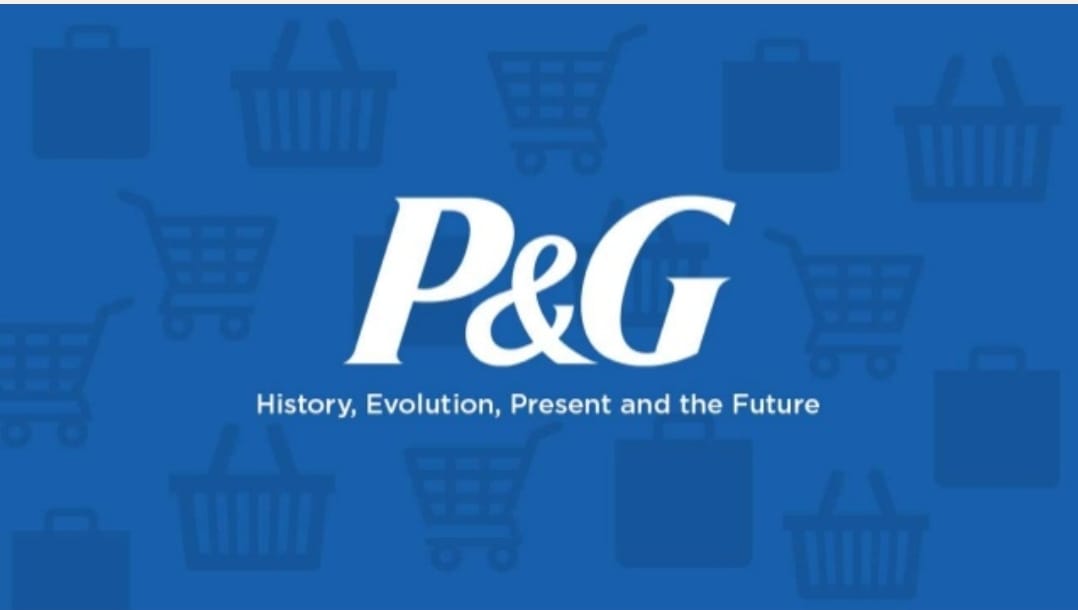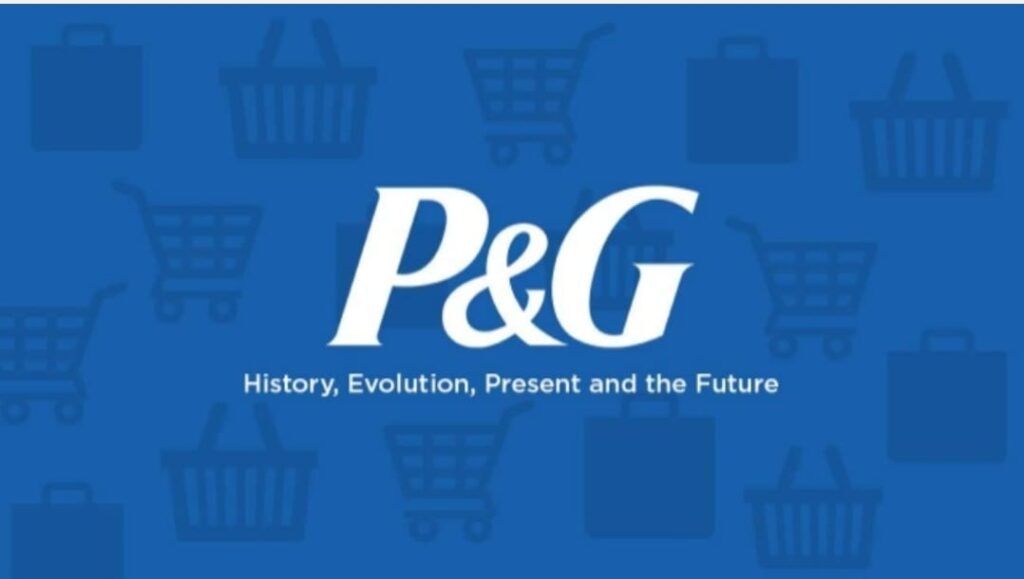
“Procter & Gamble discontinues business in Pakistan.”
P&G Discontinues Business in Pakistan: What It Means for Consumers
In a surprising move, Procter & Gamble (P&G) has announced that it will discontinue its business operations in Pakistan. This exit marks the end of a major chapter for one of the world’s largest consumer goods companies in the country. The decision raises questions about the future of P&G products, its impact on Pakistani consumers, and the overall consumer goods market in Pakistan.

Why P&G Is Leaving Pakistan
While the company has not revealed all details, industry experts point to economic challenges, rising operational costs, and market difficulties. Pakistan’s market, though large, presents obstacles such as inflation, currency fluctuations, and growing competition from both local and regional brands.
This move reflects a global trend where multinational corporations reassess their presence in emerging markets, focusing on profitability and efficiency.
Impact on Pakistani Consumers
The exit of P&G products in Pakistan will affect millions of consumers relying on the company for personal care, hygiene, and household products. Popular brands like Ariel, Pampers, Head & Shoulders, and Gillette may face supply disruptions or gradual removal from local shelves.
Consumers may need to switch to alternative brands or imported items, potentially at higher costs. Retailers will also have to adjust inventory and sourcing to meet customer demand.
Economic and Market Implications
The P&G Pakistan exit could reshape the consumer goods market:
- Opportunities for Local Brands: Domestic manufacturers may capture market share left by P&G.
- Supply Chain Adjustments: Distributors and retailers will need to adapt to shortages.
- Foreign Investment Concerns: Other multinationals may rethink expansion plans in Pakistan.
While the immediate impact will be felt on retail shelves, the long-term effect may influence consumer behavior and business strategy.
Global Trends in P&G Strategy
Globally, P&G has been streamlining operations by focusing on high-profit markets and strategic investments. Exits from markets like Pakistan allow the company to allocate resources to faster-growing regions, maintain competitive advantage, and enhance operational efficiency.
Experts say that while the exit seems sudden locally, it is part of a strategic global realignment.
Consumer Advice and Alternatives
For Pakistani consumers:
- Stock Essential P&G Products: Buy essential items while available.
- Explore Local Alternatives: Brands like Unilever, Colgate-Palmolive, and other local options offer similar products.
- Check Imported Products: Some P&G products may still be available through import channels.
Retailers should educate customers about alternatives and ensure smooth product transitions.
Public Reactions
The announcement has sparked social media discussions, with many expressing concern about the unavailability of trusted P&G brands. Analysts believe that although consumers may face short-term difficulties, the market will adapt through local alternatives and competitive pricing.
Some experts also suggest that P&G’s exit may boost domestic production, ultimately benefiting local brands and entrepreneurship.
Final Thoughts
The P&G Pakistan exit is a significant development in the consumer goods sector. While short-term disruptions for Pakistani consumers and retailers are expected, it also opens opportunities for local brands and market innovation.
Consumers should stay informed about alternative products, while businesses must recognize the importance of economic stability to retain multinational investments.
P&G’s exit shows that even global giants face challenges in emerging markets, and adaptability is essential for both companies and consumers.




